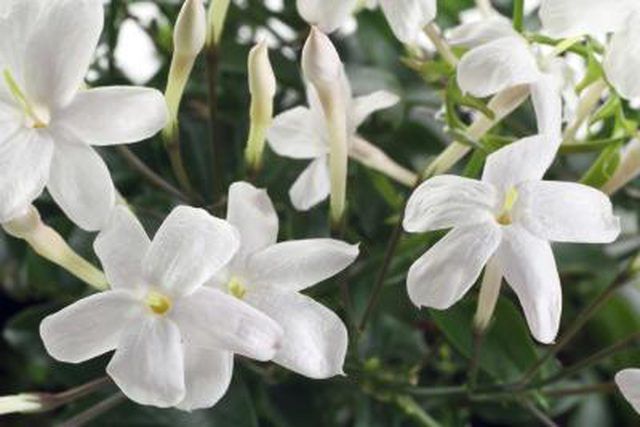Bulbs
Flower Basics
Flower Beds & Specialty Gardens
Flower Garden
Garden Furniture
Garden Gnomes
Garden Seeds
Garden Sheds
Garden Statues
Garden Tools & Supplies
Gardening Basics
Green & Organic
Groundcovers & Vines
Growing Annuals
Growing Basil
Growing Beans
Growing Berries
Growing Blueberries
Growing Cactus
Growing Corn
Growing Cotton
Growing Edibles
Growing Flowers
Growing Garlic
Growing Grapes
Growing Grass
Growing Herbs
Growing Jasmine
Growing Mint
Growing Mushrooms
Orchids
Growing Peanuts
Growing Perennials
Growing Plants
Growing Rosemary
Growing Roses
Growing Strawberries
Growing Sunflowers
Growing Thyme
Growing Tomatoes
Growing Tulips
Growing Vegetables
Herb Basics
Herb Garden
Indoor Growing
Landscaping Basics
Landscaping Patios
Landscaping Plants
Landscaping Shrubs
Landscaping Trees
Landscaping Walks & Pathways
Lawn Basics
Lawn Maintenance
Lawn Mowers
Lawn Ornaments
Lawn Planting
Lawn Tools
Outdoor Growing
Overall Landscape Planning
Pests, Weeds & Problems
Plant Basics
Rock Garden
Rose Garden
Shrubs
Soil
Specialty Gardens
Trees
Vegetable Garden
Yard Maintenance
How to Maintain Indoor Jasmine Plants
How to Maintain Indoor Jasmine Plants. Keeping jasmine (Jasminum spp.) plants vigorous and healthy indoors requires a combination of the right winter temperatures for the species you are growing, careful seasonal watering, fertilizer during the growing season and an annual trim. Jasmine plants include both cold-tolerant, winter-blooming species and...

Keeping jasmine (Jasminum spp.) plants vigorous and healthy indoors requires a combination of the right winter temperatures for the species you are growing, careful seasonal watering, fertilizer during the growing season and an annual trim. Jasmine plants include both cold-tolerant, winter-blooming species and frost-sensitive tropicals which potentially grow outdoors in U.S. Department of Agriculture plant hardiness zones 6 through 11 depending on the variety.
Ideal Winter Temperatures
Getting the temperature right during the winter -- especially in centrally heated homes -- is key to maintaining indoor jasmine plants. Keep the more cold-tolerant varieties, like common jasmine (Jasminum officinale), which grows in USDA zones 7 through 10, and winter jasmine (Jasminum polyanthus), which grows in USDA zones 8 through 11 between 40 and 50 degrees Fahrenheit. A cool porch protected from frost is best. The more tropical varieties, like Arabian jasmine (Jasminum sambac), which grows in USDA zones 9 through 11, require winter temperatures between 65 and 80 F. In winter, keep jasmine in a light room near a window where it can get four hours of sun per day.
Summer Temperatures
If outdoors isn't an option, move jasmine to a light, airy room where it gets full sun through the summer and ideally where open windows allow plenty of fresh air and circulation. You'll get the strongest growth and vigor by moving indoor jasmine outside for the summer. Move any of the cold-tolerant jasmines out as soon as it's at least 40 F and there's no more chance of frost. Wait to move cold-sensitive jasmine outside until the air warms to 65 F. Keep jasmine in partial sun outdoors.
Trimming Indoor Jasmine
Prune Arabian and common jasmine in fall, after they finish blooming. Winter jasmine, which blooms through the winter, needs pruning in spring. Cut back the flower stems and remove any dead branches. You can also pinch back the overall canopy to keep maintain a compact shape. After pruning, soak your shears in a mixture of equal parts rubbing alcohol and water to sterilize them. Rinse and dry the shears before you put them away.
Water and Fertilizer
In winter, allow jasmine to dry out between waterings. When you water, apply enough so it drains all the way through and out the pot's drainage holes. In summer, water whenever the soil starts to dry out on top. Every other week from spring through fall, fertilize jasmine with an 18-18-21 or other fertilizer high in potassium. Mix 1 tablespoon of fertilizer in 1 gallon of water to dilute it. Water the jasmine with the fertilizer solution until the soil is saturated. To avoid overwatering, replace one of your regular waterings with the fertilizer.
Pests to Watch Out For
Check indoor jasmine plants for spider mites and mealybugs. Spider mites are tiny white insects that build webs on the leaves. Mealybugs are gray or white and 1/16 inch long. To get rid of these pests, mix 1 teaspoon of regular dishwashing soap in 1 quart of water in a spray bottle, then spray the jasmine plant. Spray the plant until the solution drips from the leaves, making sure you cover the undersides of the leaves and all stems. Both spider mites and mealybugs are soft-bodies insects that suffocate when drenched in soapy water.